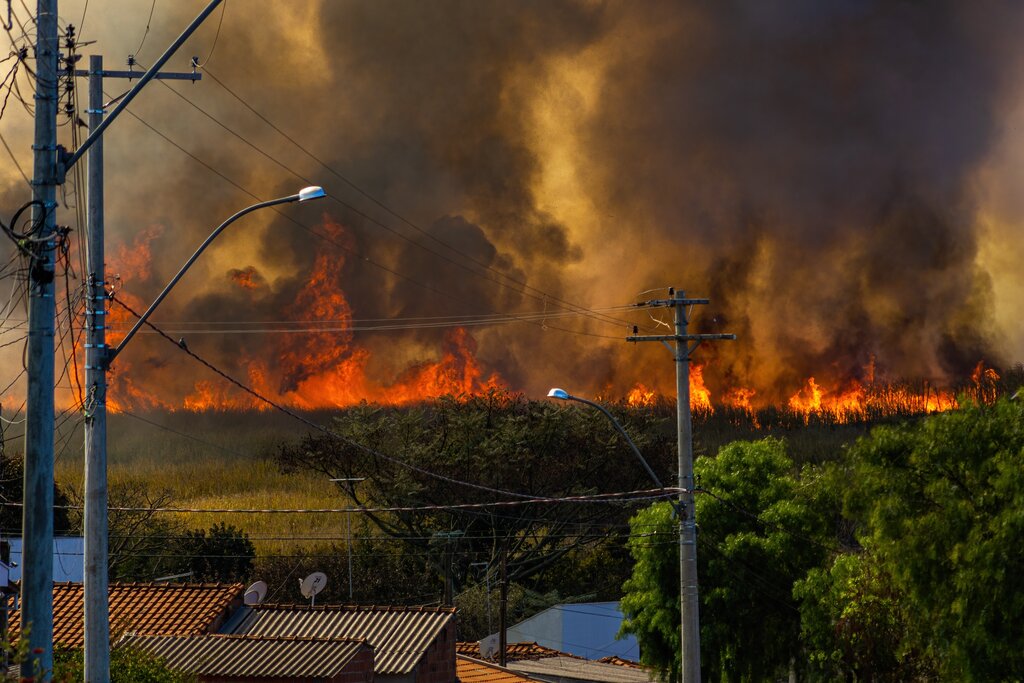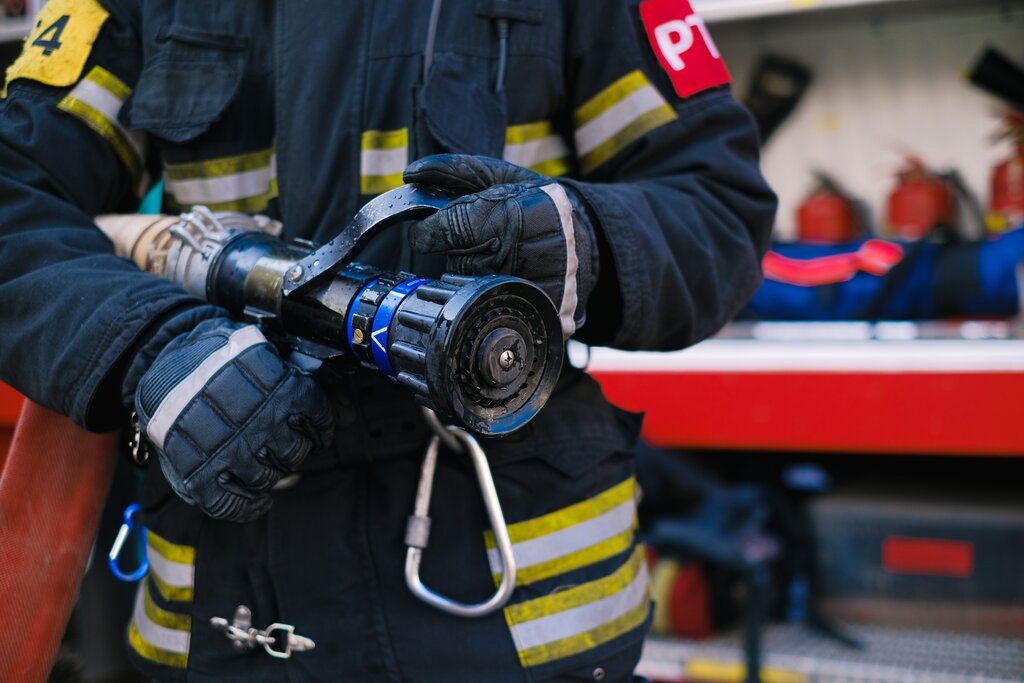Private Firefighters Provide Welcome Service to Customers
As the firefighting crew moved in, they quickly removed dry brush, patio furniture and all other flammable objects.
Then they cleared the gutters and taped up vents in the exclusive southern California residence.
Afterward, they sprayed the perimeter of the property with fire-blocking gels and foams, before moving on to the next residence.

Pixabay Image
The crew is part of growing movement in firefighting—the private firefighters.
A No-Brainer for Insurance Companies
 Last fall, when monstrous wildfires blazed through some of southern California’s most privileged neighborhoods, these small teams provided personalized prevention and protection for homeowners, in addition to their exterior sprinkler systems. The service is part of the coverage offered by insurance companies American International Group (AIG), Pure Insurance and Chubb Limited, among others.
Last fall, when monstrous wildfires blazed through some of southern California’s most privileged neighborhoods, these small teams provided personalized prevention and protection for homeowners, in addition to their exterior sprinkler systems. The service is part of the coverage offered by insurance companies American International Group (AIG), Pure Insurance and Chubb Limited, among others.
This private fire protection has been part of the companies’ policies in wildfire-prone states for about a decade. But it’s an area that continues to grow. (For instance, Chubb contracts with licensed wildfire fighters across 13 states.)
It’s a welcome service for customers. But it’s also smart business for the company, since saving a home is cheaper than paying out on a policy to rebuild it. Often the wildfire defense option is offered with no additional cost to the annual (admittedly high) premium. However, policy holders must opt in to the service, granting permission for access to their properties.
Here’s AIG’s promotional video outlining its fire protection service:
Private firefighting can be costly, depending on the type of equipment and size of crew required. But even when multiple trips to the same residence are required, the cost does not compare with the expense of paying out on a claim for a multi-million-dollar home.
Evacuated policyholders frequently stay in shelters or hotels miles away, anxiously awaiting word about the condition of their properties. As part of the service, insurance companies will frequently email them updates, even including snapshots of their homes.
Everything Old Is New Again
Firefighter contracting within the insurance industry is not a new concept. U.S. insurance firms have had relationships with private firefighters as far back as the 1790s. Long before public fire departments became common. (The country’s first municipal fire department was finally established in Cincinnati on April 1, 1853.)
Prior to the Civil War, the U.S. relied almost exclusively on private firefighting in urban areas. At that time, private fire brigades competed with one another to be the first to respond to a fire. Insurance companies paid these brigades (often handsomely) to save buildings.
And did you know that private firefighters are routinely contracted by the U.S. Forest Service? According to the National Interagency Fire Center, the USFS contracts many private crews for “initial attack” — the first few hours of a wildfire. In fact, contracted crews have been a regular part of fighting wildfires since the early 1980s.
Controversial Coverage
But the use of private firefighters is not without its detractors.
Canadian author and climate activist Naomi Klein is one of them. She believes that private firefighting is a sign of “disaster apartheid.” And she fears that, as climate change causes increasingly destructive weather events, survival will diverge primarily along income lines.
According to Klein, last fall’s California wildfires exemplified the concept. She claims the rich received special fire protection while 4,000 of California’s state firefighters were “prison inmates being paid between one and two dollars an hour to fight fires.”
But David Torgenson, president of privately owned Wildfire Defense Systems believes the media has painted a warped picture of the way the industry works. For instance, private firms are required to work closely with the state-controlled incident command posts. They never operate independently.
Since his firm was launched in 2008, Torgenson’s firefighters have been allowed to work behind evacuated lines during more than 400 incidents, he says. To gain that kind of access, his crew has had to meet all the same certification requirements as public firefighters. And, he added, they are almost always dispatched before the fire has arrived.
And while some insurance services do cater exclusively to the affluent, they represent only a small minority, according to Torgenson.
Ninety percent of the properties his firm helps protect, he says, are average-priced homes.
Sources:
Featured Image: Pixabay




